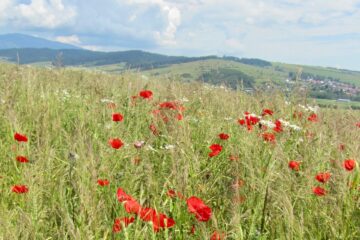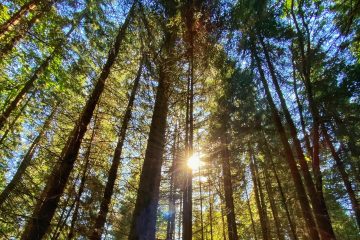ESD Best Practice Example: Educational activities for the Apollo butterfly in Poland
The population of the Apollo butterfly Parnassius apollo has drastically declined over the past few decades, and the butterfly has become completely extinct in the Sudetes. This drastic collapse in the species’ population is the result of progressive changes in its habitat caused by alterations in the management of open areas. The restoration of the Apollo butterfly’s habitat and population is strictly dependent on a change in the attitude of the owners and managers of the areas where it once occurred. That is why it is essential to promote knowledge of this butterfly and its habitat requirements.
Educating the public is crucial so that people realize the importance of nature and the need to preserve its integrity. Not only is the Apollo butterfly a beautiful part of our environment, but it is also a valuable component of the ecosystem. Like every species, it has a role to play in maintaining genetic diversity and aiding in the adaptation to changing climatic conditions. Their role in the pollination process contributes to the preservation of biodiversity, providing tangible benefits to humans in the form of increased yield and diversity of food.
To achieve this, as part of the LIFE Apollo2020 project, the Klub Przyrodników (Naturalists’ Club) conducts educational activities aimed at people of all ages. During the spring-summer season, which is the time of Apollo butterfly activity, the project organized a number of events and workshops of an educational nature, promoting the natural and cultural values of the region, and creating the so-called Land of Apollo.


